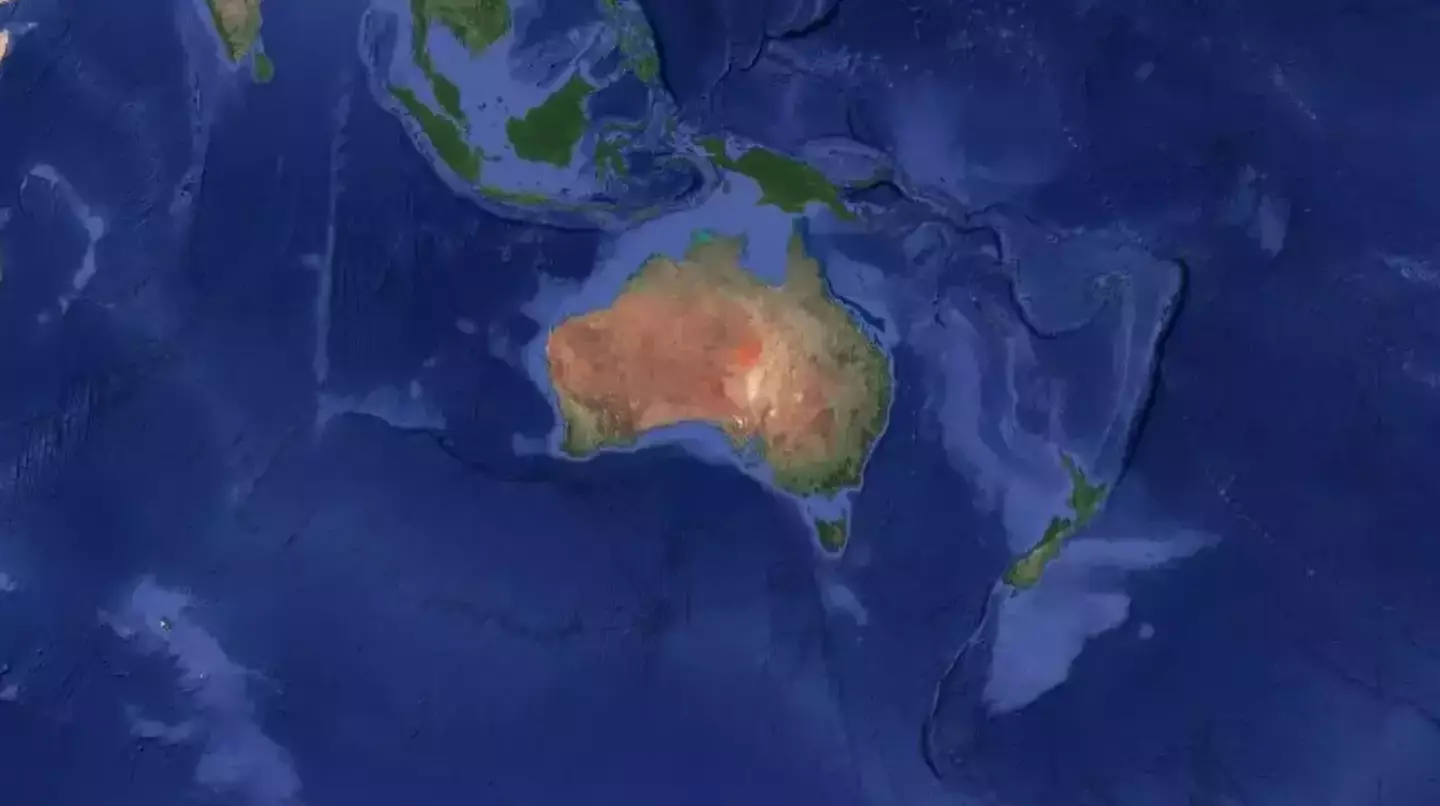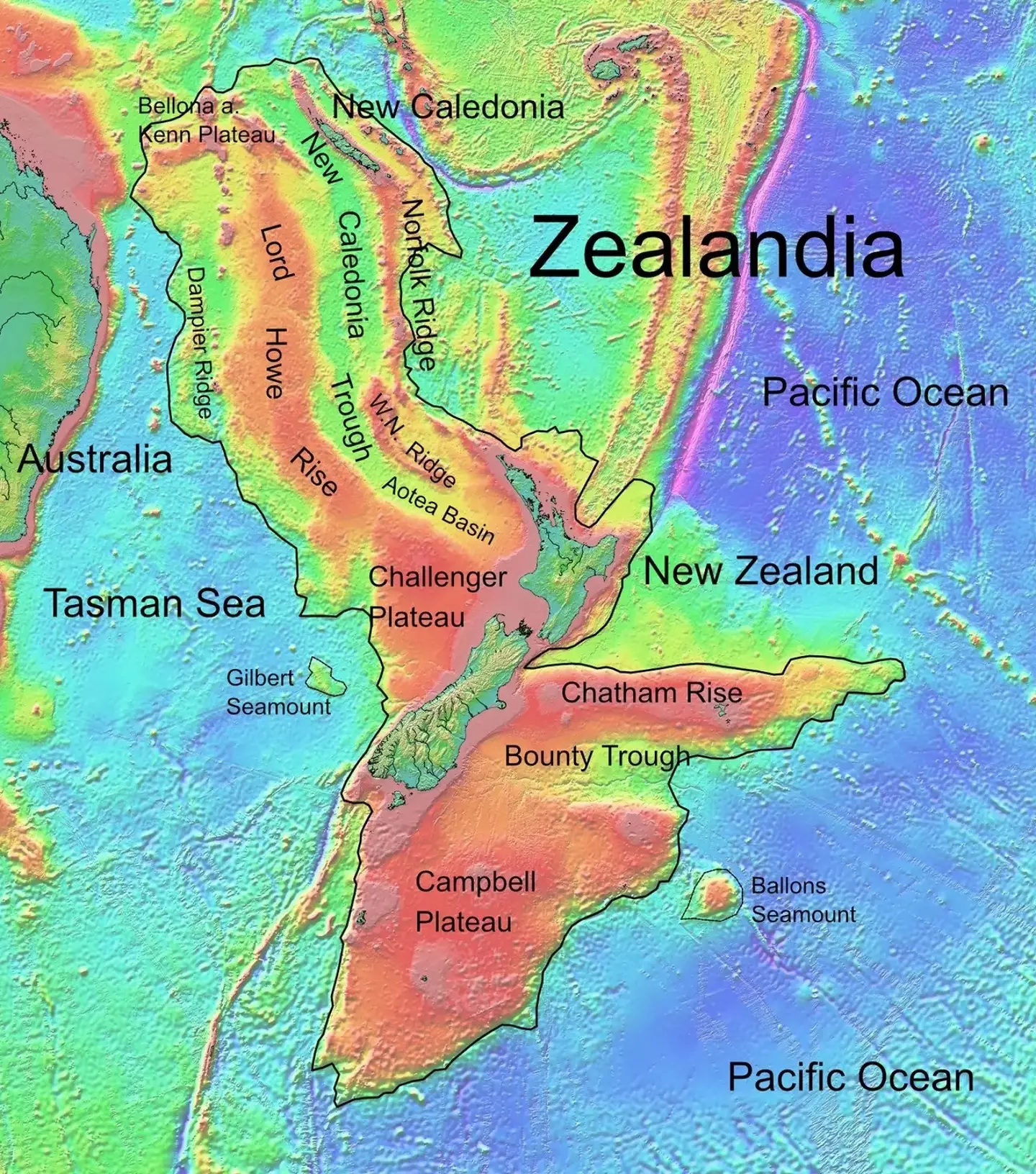
A major change to Earth's mysterious missing continent could explain how the Pacific Ring of Fire came into being.
Scientists discovered an eighth continent called Zealandia - Te Riu-a-Māui, in the Māori dialect - in 2017, with the majority of it lying just a kilometre under water.
The process of establishing Zealandia was a long-winded one, with it taking nearly four centuries for geologists to finally come to agreement on the new continent.
Back in 1642, Dutch sailor Abel Tasman theorised there was a vast undiscovered continent in the south, and set out to try and find it.
Advert

He set sail from Jakarta, Indonesia and eventually ended up at the South Island in New Zealand.
However, Tasman had a frosty reception from the native Māori people - who rammed a canoe into a small boat passing messages between the Dutch ships and killed four Europeans.
He left without ever setting foot on land, convinced he had found a new continent but doubtful it would be of much use commercially. In 2017, it was proven he'd been right.
Advert
That year, GNS geologists announced the discovery of a new continent - a piece of land that had been hiding in plain sight underwater.
What's more, the new continent could explain how the Pacific Ring of Fire came into being.
The Ring of Fire is an arc-shaped string of volcanoes which is prone to frequent earthquakes - and one theory suggests Zealandia was responsible for its creation between 35 million and 50 million years ago.
In a study published in Geology in 2020, experts analyzed fossils at sites in Zealandia - and the animals found offered clues as to what the environment had been like when the sediment was laid down.
Advert

The species they found suggested that parts of northern Zealandia rose by as much as 3km, while other parts sunk by 3km.
While all this was happening, the Ring of Fire was also forming, suggesting the two were connected.
Study co-author Rupert Sutherland said: "These dramatic changes in northern Zealandia, an area about the size of India, coincided with buckling of rock layers (known as strata) and the formation of underwater volcanoes throughout the western Pacific.
Advert
"One of the amazing things about our observations, is that they reveal the early signs of the Ring of Fire were almost simultaneous throughout the western Pacific."
Sutherland and his co-authors theorized that there was a 'subduction rupture event', which caused the changes in Zealandia, as well as the formation of the infamous Ring of Fire.
Topics: Science
